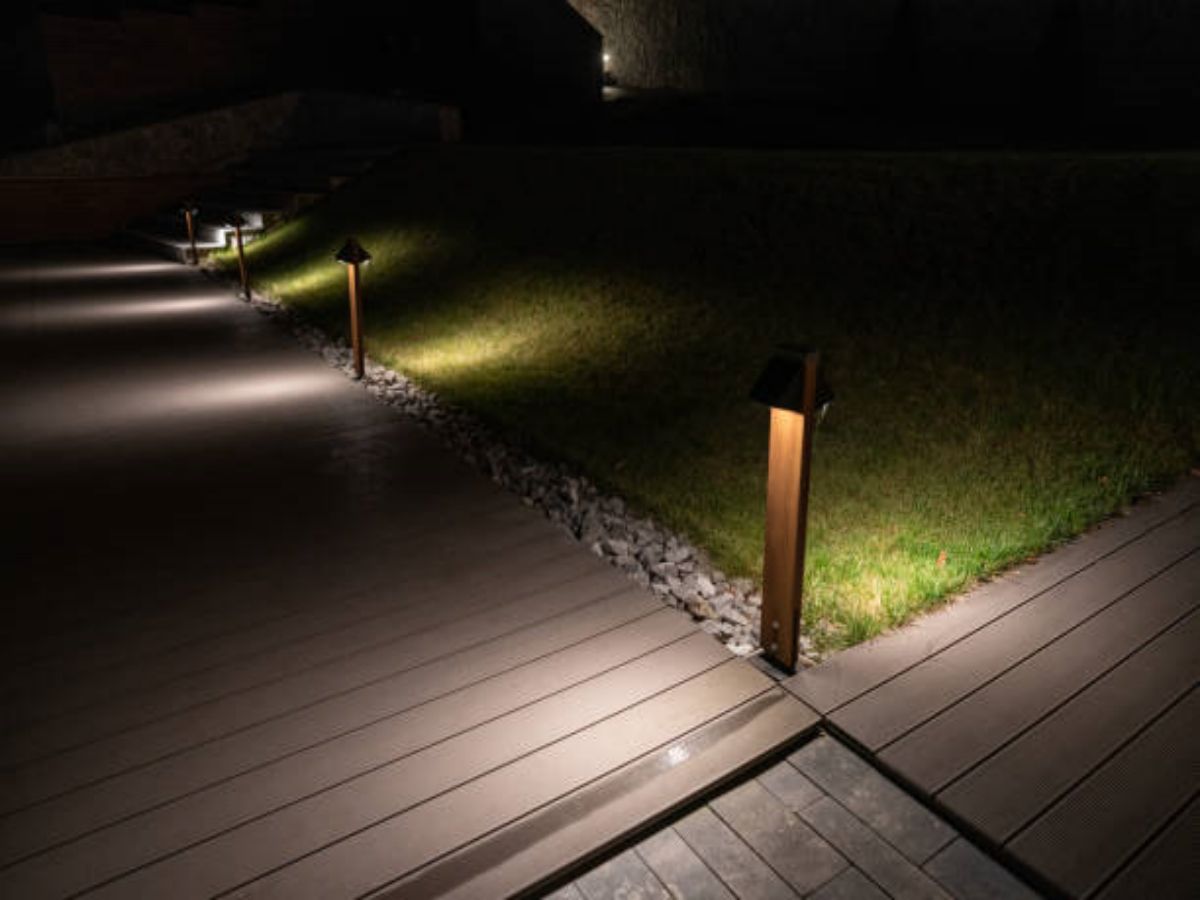Introduction
When it comes to ensuring the waterproof integrity of M20 connectors, choosing the right sealing method is crucial. O-rings and potting are two popular sealing methods that offer different advantages and disadvantages. In this article, we will compare these two methods to help you make an informed decision in selecting the most suitable option for your M20 waterproof connectors.
O-rings: A Traditional Sealing Solution
O-rings have long been a reliable choice for sealing connectors. These circular rubber rings are placed in a groove on the connector, creating a tight seal when compressed between two mating surfaces. The simplicity and cost-effectiveness of O-rings make them a popular choice in many applications.
Potting: An Alternative Approach
Potting, on the other hand, involves filling the connector housing with a liquid or gel-like material that hardens to provide a sealed environment. This method offers greater flexibility in terms of shape and size, making it suitable for connectors with complex geometries. Potting also provides excellent protection against environmental factors such as moisture, dust, and vibration.
Comparing Sealing Performance
When it comes to sealing performance, both O-rings and potting have their strengths. O-rings provide a reliable and consistent sealing solution when properly installed. The compression of the O-ring ensures a tight and secure seal, preventing water or other contaminants from entering the connector. However, O-rings may be prone to wear and damage over time, requiring regular inspection and replacement.
Potting, on the other hand, creates a complete encapsulation of the connector, offering superior protection against moisture and other environmental factors. The hardened potting material forms a barrier that prevents any potential leaks. However, potting can be more challenging to repair or modify compared to O-rings, as the entire connector needs to be re-potted.
Installation and Maintenance Considerations
Installing O-rings requires careful attention to detail. The groove in the connector must be clean and free from any debris that could compromise the seal. The O-ring should be properly sized and lubricated to ensure a secure fit. Regular maintenance and inspection are necessary to identify any signs of wear or damage and replace the O-ring as needed.
Potting, on the other hand, requires meticulous application and curing processes. The liquid or gel-like material needs to be properly mixed and poured into the connector housing. The curing time should be adhered to strictly to ensure optimal sealing performance. Maintenance for potted connectors is generally minimal, as the hardened potting material provides long-term protection.
Cost and Accessibility
In terms of cost, O-rings are generally more affordable and readily available compared to potting materials. O-rings can be easily sourced from various manufacturers and suppliers, making them a cost-effective sealing solution. Potting materials, on the other hand, may require specialized formulations and can be more expensive, especially for larger connectors or unique application requirements.
Application-Specific Considerations
When selecting between O-rings and potting for M20 waterproof connectors, several application-specific factors should be considered. If the connector requires frequent modifications or repairs, O-rings may be a more practical choice due to their ease of replacement. Additionally, connectors with complex geometries or irregular shapes may benefit from potting, as it can conform to any design requirements more effectively.
Conclusion
Choosing the right sealing method for M20 waterproof connectors is crucial to ensure the long-term integrity and reliability of your connections. O-rings provide a cost-effective and reliable option, while potting offers superior protection in more challenging environments. Consider the specific requirements of your application and weigh the advantages and disadvantages of each method before making your decision.

